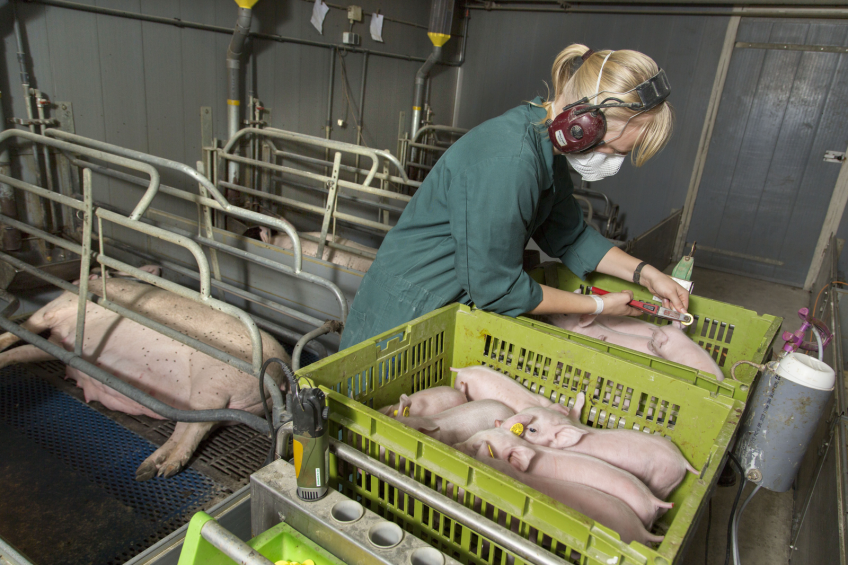Kemin expert panel focuses on sow profitability

Kemin assembled a panel of experts to address the key variables specifically affecting the profitability of sows and providing in-depth insights on the management of hyper prolific sows, metabolic utilization of energy, improved digestibility and overall sow health.
While it’s widely accepted that sow nutrition and health are major factors in production performances, and in turn profitability, other variables are changing the strategic management and approach to nutrition may also need to change. Specifically, the industry is quickly moving towards a reduction in the use of antibiotics which is changing industry best practices in preventive health management. To stress the sector further is the continued suffering from poor profitability. “It is imperative that we continue to call on the best swine industry experts and their cutting edge research to improve the nutrition and health of the animal to maximize production and profits,” said John Springate, president of animal nutrition and health division of Kemin. “It is from these discussions we can share the practical application of the research and tools that support continual growth and refinement in the industry and for the producer.”
How to reach 35 pigs/sows/year
Dr. Gunner Sorensen, programme manager at the Pig Research Center, Danish Agriculture and Food Center, discussed the management of hyper prolific sows. His presentation revealed the secret on how to reach 35 pigs/sows/year. Sorensen covered aspects related to nutrient recommendations, gestation feed curves and body conditions, gastric health and lactation management. orensen concluded that the race is not to reach the maximum possible level of live born piglets per year; the overall goal is to reach the most profitable piglet production.
Importance of the ketone and citric acid cycle for delivering energy to the sow
Geert Janssens, Ghent University professor, covered the metabolic utilization of energy and sow requirements. During his lecture, Janssens discussed the importance of the ketone and citric acid cycle for delivering energy to the sow. General principles teach that burning fat delivers more energy than burning carbohydrate or protein. However, in order to burn fat in the citric acid cycle, oxaloacetate is needed which is only formed through burning glucose, amino acids or propionic acid because otherwise fatty acids are transformed into ketone bodies.
70 percent of swine production costs are derived from feed prices
Reiterating the importance on the economics related to swine production, Dr. Mauro Di Benedetto, senior technical service manager at Kemin, reminded the audience that approximately 70 percent of swine production costs are derived from feed prices so reducing feed conversion through improved digestibility or increased nutrient absorption has never been more important.
The most common ideology among swine producers is that production can be increased through the amount of live born weaned piglets. However, Dr. Di Benedetto explained that a 0.1 reduction in feed conversion results in the same profit as an additional two weaned piglets born per litter.
Value of trace minerals in diets
The health status of the sow and piglet were covered by Jürgen Zentek, Free University of Berlin professor. He focused on the value of trace minerals in the diets especially zinc. He felt it was important for the audience to understand that zinc oxide is 40 – 90% less bioavailable than zinc sulphate and the level of zinc required in the diet remains a delicate balance. Zinc is an essential mineral and if there is not enough zinc it causes an impairment of growth function in most microorganisms, whereas too much zinc is known to be toxic.











